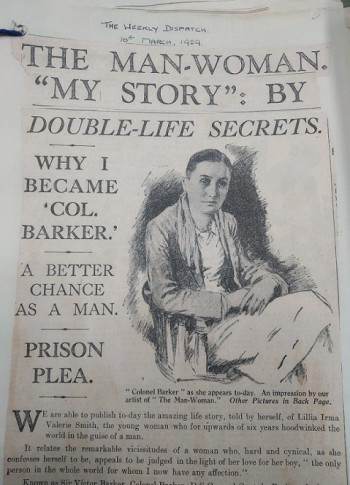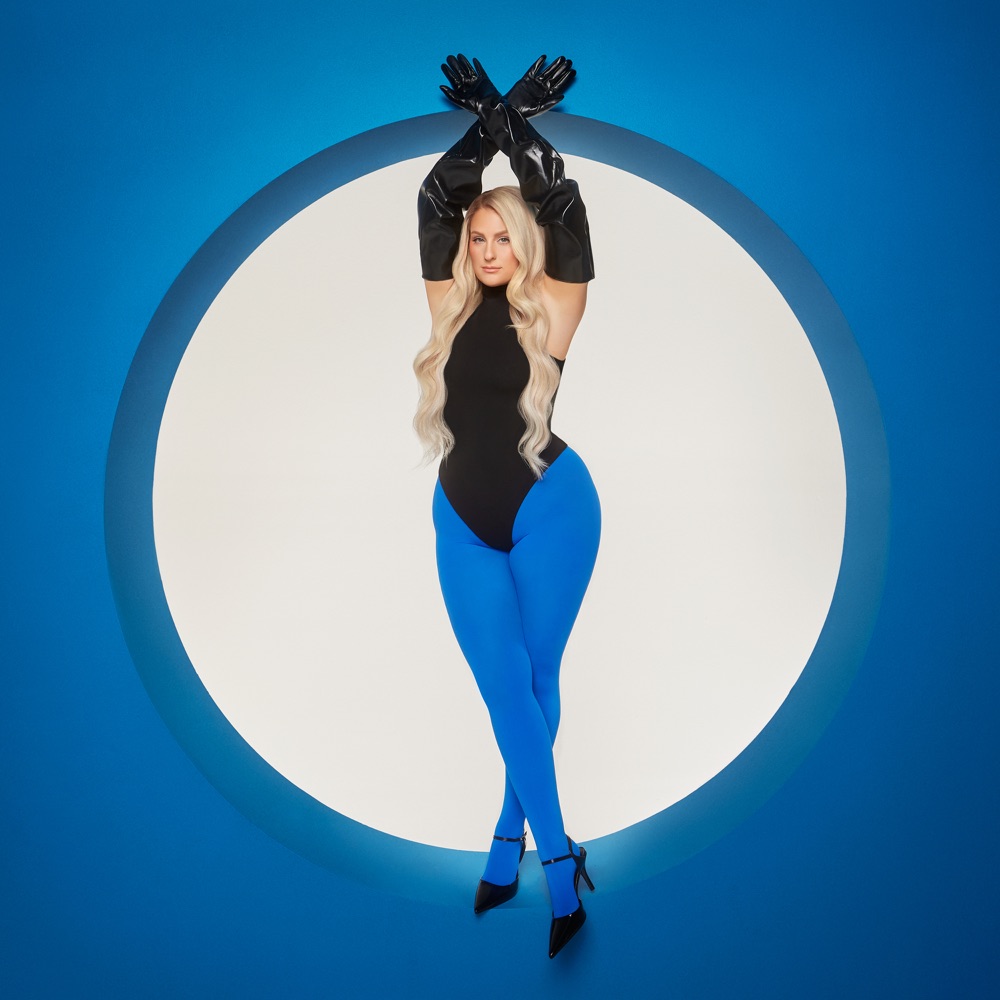-
 play_arrow
play_arrow
GlitterBeam Radio GlitterBeam Radio
-
 play_arrow
play_arrow
Supernova 118
-
 play_arrow
play_arrow
Supernova 117
-
 play_arrow
play_arrow
Sanremo Music Festival 2023
-
 play_arrow
play_arrow
Supernova 116
-
 play_arrow
play_arrow
Supernova 115
-
 play_arrow
play_arrow
Supernova 114
-
 play_arrow
play_arrow
Supernova 113
-
 play_arrow
play_arrow
Supernova 112
-
 play_arrow
play_arrow
Supernova 111

The Life of Colonel Barker
Queers through the Years is the section curated by Molly Saxby.
The life of Colonel Barker is the tremendous tale of Lillias Irma Valerie Barker who led their life as a man until their criminal career caught up with them and their sexuality was exposed to the courts and public. Let us look at how Colonel Barker led their fascinating life up to and including their criminal demise.
Who, what, where and when?
Masquerading or cross-dressing in mens clothes was not as uncommon as you may think at the start of 20th Century Britain particularly as some women chose to masquerade as men to receive the economic benefits and status established in this deeply patriarchal society. The story of Colonel Barker is one which we cannot determine as transgender nor gender fluid nor masquerading or cross-dressing. Nonetheless, there is great evidence to suggest that Victor Barker lived their life in the fullest as a male. As a result, I have chosen to refer to Barker with the pronouns they/them in this article.
Barker was born in 1895 on Jersey Island (UK) and married a Lieutenant in 1918. Their marriage was short-lived and abusive, but Barker later remarried with a member of the Australian Imperial Force and had two children whom they committed to for the rest of their life. After their second divorce, Barker began to dress in a traditionally masculine way and adopted the name Sir Victor. Later, in 1923, Barker began a relationship with a woman named Elfrida Emma Haward and explained their anatomy to her by stating that they were really a man who had been injured in the war and that they had previously been acting as a woman for “family reasons”. Some have suggested that Barker adopted this male identity to be able to marry Haward; however, Barker did romantically pursue other women who they never intended to marry suggesting that it was based on sexuality.

1- Colonel Barker
The Fascists
In 1926, Barker received a letter addressed to a Colonel Barker which was misaddressed but invited them to join the National Fascists group. Barker seized this opportunity as one which would help to further imprint their status as a man and therefore agreed to join the group. Within this role, Barker became involved in training younger members in boxing and fencing and established a macho personality by becoming involved in rough housing.
Due to involvement with the fascists, Barker was brought before the Old Bailey courts and was accused of forging a firearm certificate but was found not guilty. After this trial, Barker decided to leave the National Fascists.
Nonetheless, Barker became involved in several legal battles which continuously exposed their gender as a man. Each time Barker was made a public spectacle in the press and their plans to reap the financial rewards of masculinity failed miserably. Some cases of press attention were bound in ridicule whilst others expressed great curiosity at Barker and their life, even growing fond of them throughout the years.

Image 2- The Weekly Dispatch 1929
Prison & Court
In 1928, Barker was declared bankrupt. Upon failure to attend court the London Gazette released a notice calling for Colonel Barker to come forward. Continued failure to attend led to Barkers arrest in 1929 and they were held in a male prison before being transferred to Holloway womans prison. After it was discovered that Barker had been born a woman they were then arrested with perjury (intentionally making a false oath) for making a false statement on a marriage certificate and Barker was sentenced to nine months in prison. Barker sadly died in 1960 in poverty and alone.
Barker changed their account of their life throughout the years sometimes stating that they dressed as a man to provide for their children, sometimes because that was their true identity, and sometimes for economic gain. It is important to remember that the word transgender was not commonly used at this time and Barker would therefore not have used it to describe themselves. Whilst we do not know Colonel Barkers true identity or feelings we do know that they fought consistently and resiliently to live a life as a man.
Image references
1- https://www.google.com/search?q=colonel+barker&sxsrf=ALeKk009GOFqj_uIj15yzDoJLjPLRDIFkw:1625249467266&source=lnms&tbm=isch&sa=X&ved=2ahUKEwjhq6uJ_sTxAhWBi1wKHZh9BAgQ_AUoAXoECAEQAw&biw=1280&bih=743#imgrc=4ErWF9U7FVX3MM
2 – https://blog.nationalarchives.gov.uk/lgbtq-history-the-red-rose-of-colonel-barker/
Written by: Molly Saxby
Similar posts
Chart
-
-
 play_arrow
play_arrow
Dance Alone Sia & Kylie Minogue
-
-

2
Miss Me Too
Griff
-
-
 play_arrow
play_arrow
Been Like This Meghan Trainor & T-Pain
-
-
Top popular
Featured post

Latest posts
Current show
Upcoming shows

Reali-TEA
7:00 pm - 9:00 pm

The Chatty Gay
9:00 pm - 11:00 pm

Music With Sparkle
11:00 pm - 11:59 pm
Chart













Post comments (0)